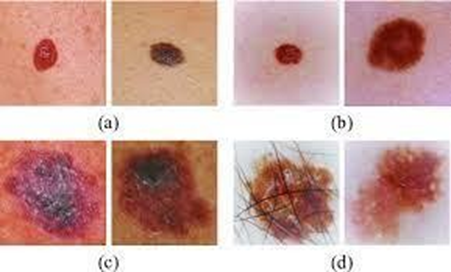A nurse in a provider's office is caring for a client who reports pruritus and reddened, oozing lesions on her lower leg. The nurse should suspect which of the following disorders?
Contact dermatitis
Tinea pedis
Pediculosis
Alopecia
The Correct Answer is A
Choice A rationale: Pruritus (itching) and reddened, oozing lesions are common symptoms of contact dermatitis, which can result from exposure to irritants or allergens.
Choice B rationale: Tinea pedis, or athlete's foot, typically presents with scaling, redness, and itching between the toes.
Choice C rationale: Pediculosis refers to infestation with lice, which may cause itching and small, red papules, but it usually does not involve oozing lesions.
Choice D rationale: Alopecia refers to hair loss and is not typically associated with pruritus and oozing lesions.
Nursing Test Bank
Naxlex Comprehensive Predictor Exams
Related Questions
Correct Answer is D
Explanation
Choice A rationale: This describes a full-thickness burn with eschar formation, not a deep partial-thickness burn.
Choice B rationale: This may indicate a deeper burn involving the subcutaneous tissue, but the absence of blisters makes it less characteristic of a deep partial-thickness burn.
Choice C rationale: This suggests a full-thickness burn with damage to nerve endings, not a deep partial-thickness burn.
Choice D rationale: A deep partial-thickness burn is characterized by a pink or mottled appearance with the presence of blisters. This type of burn involves damage to the epidermis and portions of the dermis, causing pain and sensitivity to touch.
Correct Answer is D
Explanation
Choice A rationale: pruritus is one of the symptoms of malignant melanoma, as well as changes in the shape, size, color, or texture of a mole or other skin lesion. However, pruritus is not specific to the disease and should always serve as a clue prompting further examination.
Choice B rationale: pain is a very rare symptom in malignant melanoma especially during the early stages of the disease. However, pain may occur in advanced stages of the disease when deeper tissues have been invaded and in cases of metastasis to distant sites.
Choice C rationale: purulent discharge is an indication of an underlying infection rather than malignant melanoma.
Choice D rationale: purplish skin discoloration is common in Kaposi’s sarcoma which manifests as purplish skin nodules rather than malignant melanoma. Furthermore, it may suggest bruising or bleeding under the skin. Malignant melanoma can have various colors, such as black, brown, red, blue, or white, depending on the type and amount of melanin produced by the tumor cells.

Whether you are a student looking to ace your exams or a practicing nurse seeking to enhance your expertise , our nursing education contents will empower you with the confidence and competence to make a difference in the lives of patients and become a respected leader in the healthcare field.
Visit Naxlex, invest in your future and unlock endless possibilities with our unparalleled nursing education contents today
Report Wrong Answer on the Current Question
Do you disagree with the answer? If yes, what is your expected answer? Explain.
Kindly be descriptive with the issue you are facing.
